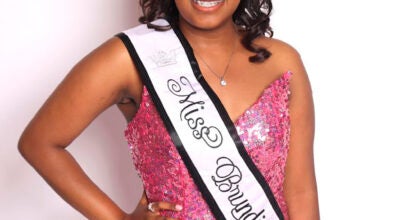Former CHHS principal remembers experiencing Bloody Sunday
Published 3:00 am Thursday, March 12, 2015
Former Charles Henderson High School Principal Charles Saunders watched the events of Bloody Sunday through the window of a department store on North Broad Street in Selma.
Saunders was then principal of A.G. Parrish High School in Selma, the all-white school of 1,800 students. The African-American students attended Hudson High School across town.
On Friday, a bomb threat had been called into A.G. Parrish High School but Saunders said he went about business as usual.
“I was in World War II and I knew that, if you were going to bomb some place, you weren’t going to call and tell them what you were going to do,” Saunders said. “We only had one incident at the school. Some black kids threw a rock through a car window and a student got a cut but other than that, things were orderly.”
Saunders said some students at Hudson High School boycotted and stayed out of school for a week.
“There didn’t seem to be a lot of interest in all that was going on,” he said. “The students were excited and cautious but both schools handled the situation pretty well under the circumstances. After everything quieted down, I got a certificate from the superintendent commending us for the way things were handled at the school and in such a way that we made it through without a lot of trouble.”
Saunders said he witnessed a march at the Selma courthouse that was led by a leader in the Civil Rights Movement, the Rev. C.T. Vivian.
“There was a lot going on in Selma but most of us who lived there only knew what we were seeing on television and reading in the paper,” he said.
On March 7, 1965 Saunders found himself in at the hub of a history-making event, BloodySunday.
“The streets were roped off and there were posses on horsebacks trying to keep things under control but things got out of control rather quickly,” Sanders said. “There were about 15 or 20 horses and a lot of people got run over when the tear gas bombs were shot off.”
The first two marches from Selma to Montgomery were turned back but, on March 25, 1965, Dr. Martin Luther King, Jr. led thousands of nonviolent demonstrators to the steps of the capitol in Montgomery after the five day, 54-mile march from Selma to Montgomery.
On August 6 in the presence of King and other civil rights leaders, President Lyndon Johnson signed the Voting Rights Act of 1965.





